Coming from the sub-tropical climate of Houston, I am used to (and enjoy) the noise of bugs and critters giving traffic and sirens a run for their money.
Nothing sings summer to me like the harmonious battle between the rattling trills of cicadas, the chirping of crickets, and the sex-crazed croaking of toads. So, nearly two years into my immigration to Switzerland, it still jars me that there is virtually no nature noise to be found, unless, as my husband tells me, you get up early enough to hear that a few birds do actually sing out in our garden.
All I know is, whenever I am walking along the streets of Zürich, day or night, I hear nothing but the woosh and whirr of trams and the chiming of church bells.
Where is Zürich’s critter noise?
Maybe centuries of careful Swiss planning have bred impeccably quiet birds. Maybe the frogs in the Irchel Park pond are also held to the 10-PM-Is-Quiet-Time rule. Maybe the bugs that both feast upon and feed the profusion of ivies and flowers around my neighborhood all move at night to party in the Schrebergarten.
Or maybe, as I discovered, the place with the most life is, ironically, the place where Zürich buries its dead.
Friedhof Nordheim
My husband and I stumbled across a Zürich cemetery, the Friedhof Nordheim, during a long meandering walk. Never had we been to a cemetery in the U.S. that was as lush, pretty and full of life and birdsong (so much birdsong!) as Friedhof Nordheim.
The entrance to Friedhof Nordheim and one of its tiered fields:
Unlike in the US, where the plots are usually planted over only with grass, burial plots in Zürich burst with ivy and flowers right up to and surrounding the headstones.
Grave gardens is what they really ought to be called!
Sihlfeld Cemetery
While the cozy walkways and tiered fields of Friedhof Nordheim mask how big the place actually is, Sihlfeld Cemetery lays out its grandeur right up front. There is a beautiful, colossal entry and a wide bisecting gravel boulevard - a road that has carried Switzerland’s dead to their final resting places for nearly 150 years. Among them was J. Henri Dunant, founder of the International Red Cross and first ever winner of the Nobel Peace Prize.
The guardian angel of Friedhof Sihlfeld:
In addition to the plethora of colors and sounds, travel writer Diccon Bewes (author of the best-selling Swiss Watching) explains in his article The Secret of Swiss Cemeteries another unique feature of Swiss cemeteries: In most Swiss cemeteries, plots are typically rented for 25 years. (In the US, they are purchased.)
After the time is up, it is “out with the old and in with the new.” Bewes then explains that “once the grave is dug up, the headstone is returned to the family or recycled by being broken up into gravel chips.” With the highest cremation rate in Europe (about 80%), Switzerland cremates most of its dead. Families can keep, bury, or scatter ashes as they prefer.
Fields waiting in reserve or to be used again are left to flower over naturally and beautifully.
Bewes muses that these practices "may sound unsentimental and even shocking, but it’s immensely practical in a small country where space is at a premium. No point in wasting precious land on the dead; far better to use it for the living."
Chiseled onto the façade of the old Sihlfeld crematorium: "Flamme löse das Vergängliche, befreit ist das Unsterbliche." (“Flame, solve the transient, free is the immortal.”)
Switzerland for the dead and the living
In agreement with Bewes’ claim, I propose that using the land for the living includes even the cemeteries. With so many birds singing and so much green and flowering beauty surrounding me, all I could think of during both cemetery visits was that Switzerland is the place to be dead or alive.
An afternoon could easily be lost at a Zürich cemetery, studying myriad headstones of every architectural style and learning about cemetery customs that may align with or differ from those of your native countries. And as one poster on TripAdvisor.com suggested, Sihlfeld is a place to consider visiting even on a date: There is “romance” in strolling about, and the cemetery is in close proximity to good coffee on Bertastrasse.

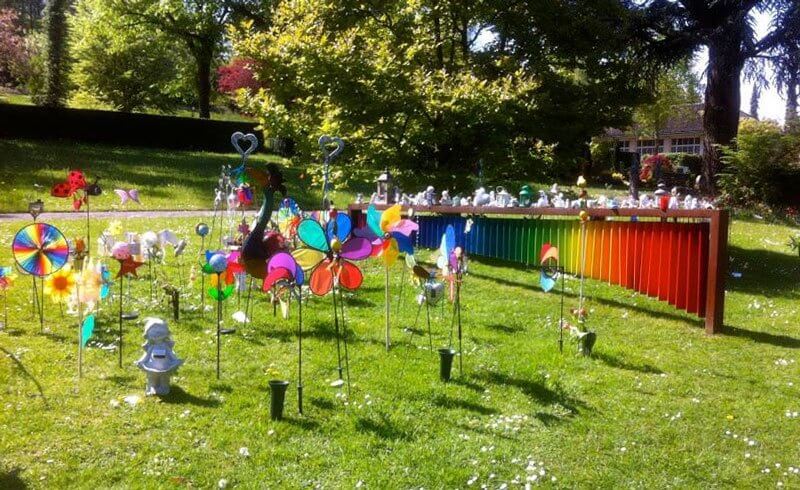
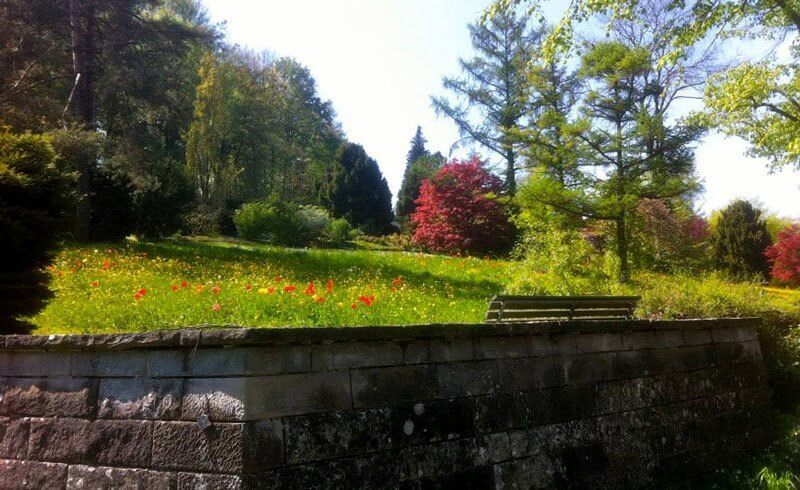
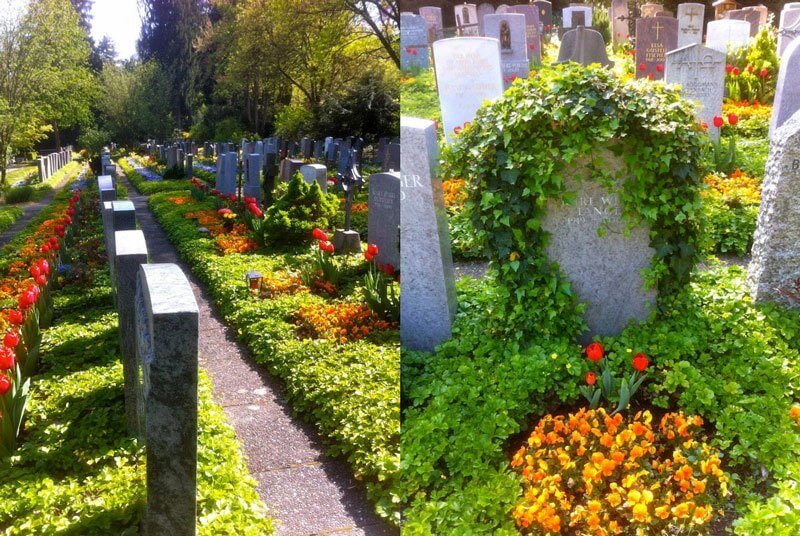
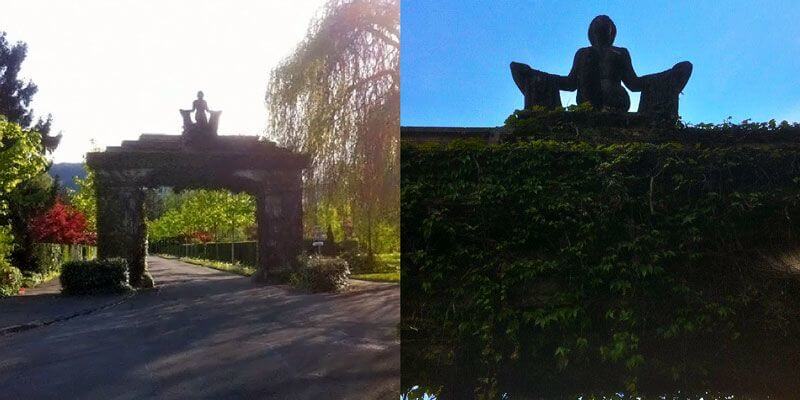
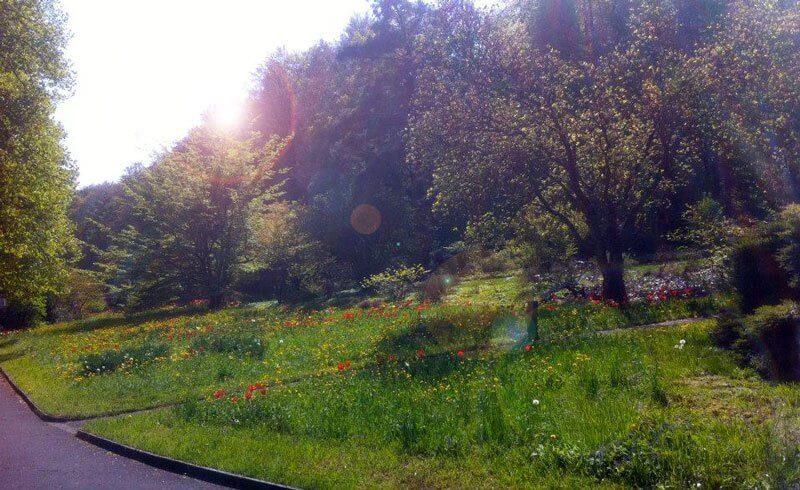
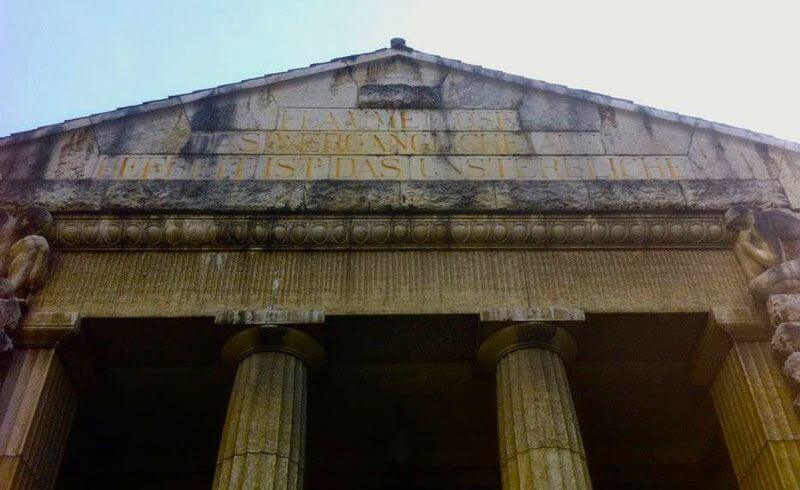
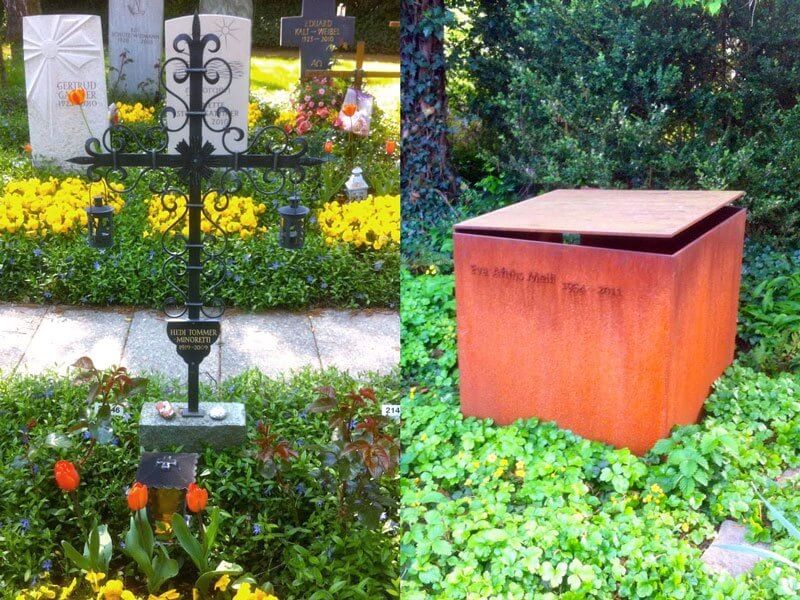
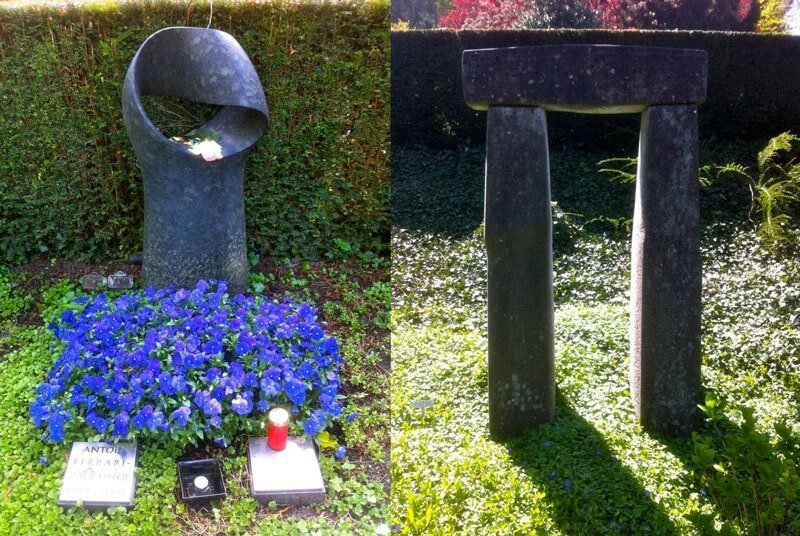
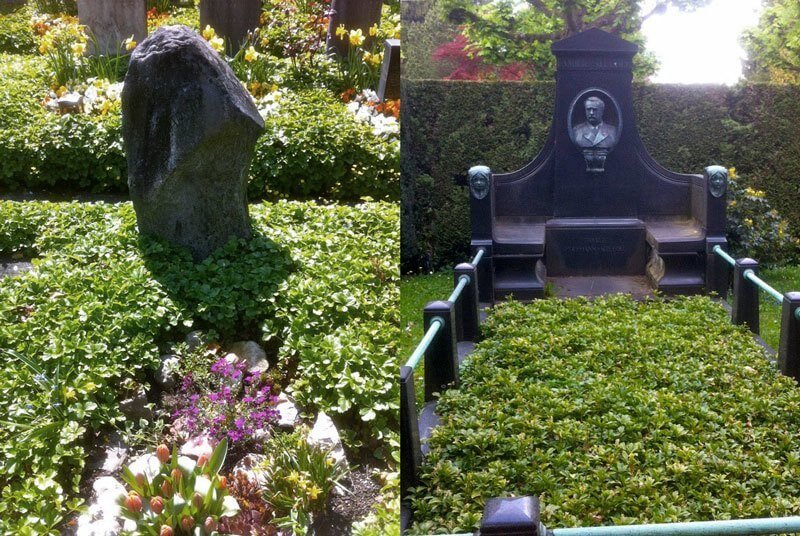
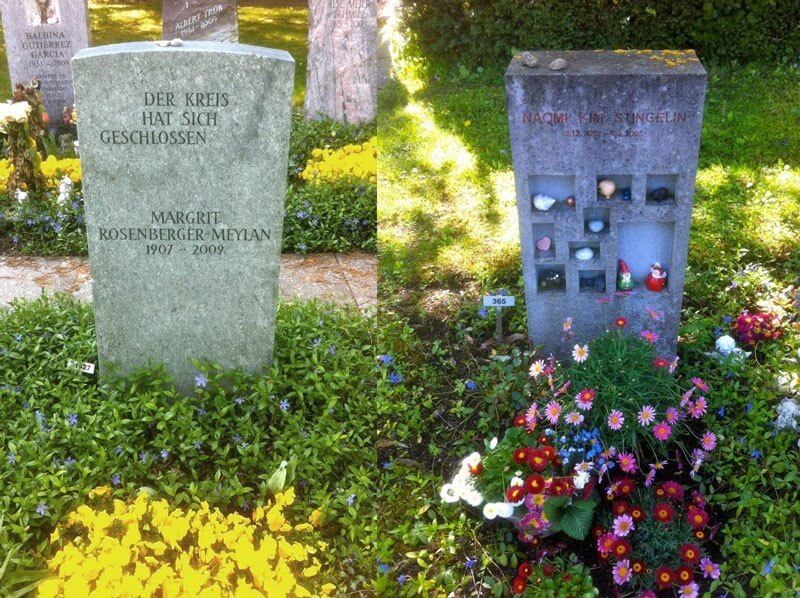
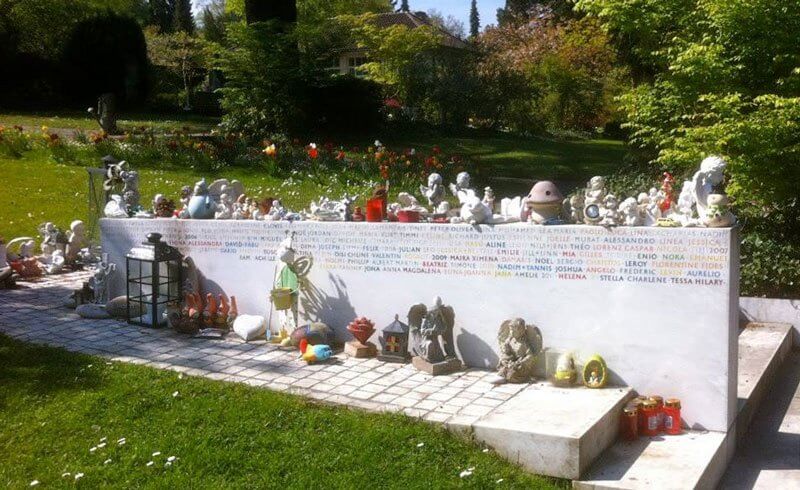
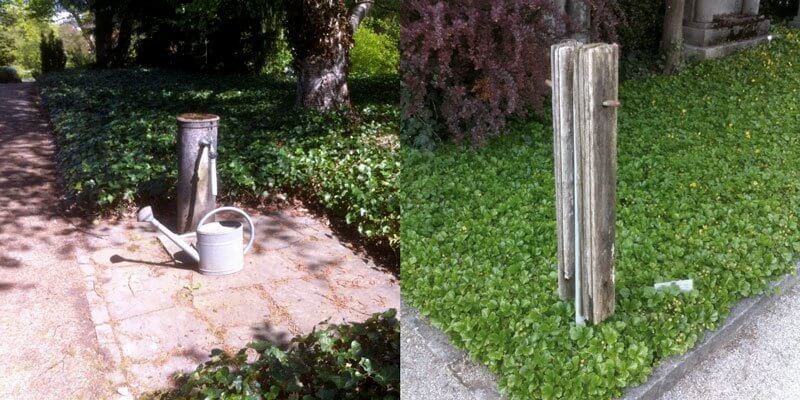




Add comment